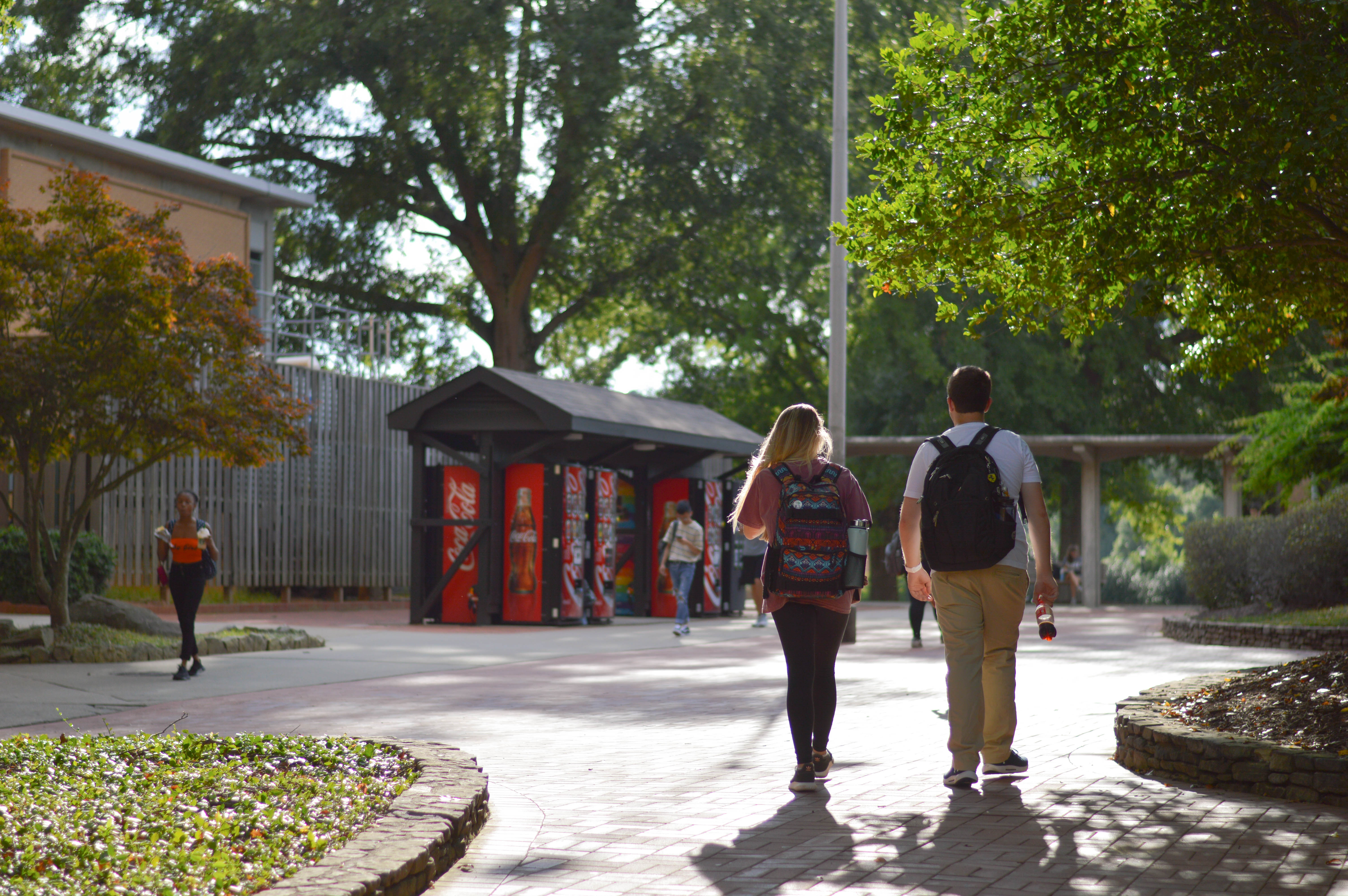KSU’a Museum of History and Holocaust Education will premier its newest exhibition, Beyond Rosie: Women in World War II, on Thursday, March 1 at the KSU Center, in recognition of Women’s History Month.
Rosie the Riveter’s story expresses how women whose lives were affected by the war, specifically concentrating on women who worked during the industrial revolution and depression while the men were at war.
Rosie became an important symbol for women in non-traditional employment roles during World War II. The exhibition focuses on how the war affected social, cultural and economic realities of life during that time.
The panel-based exhibition will include keynote speaker Jane Tucker, who worked as a welder in the Savannah shipyards.
“I am always excited to have the opportunity to tell the story about Rosie the Riveter,” Tucker said. “Rosies, represent the women who worked in new environments during the war.”
Tucker’s own story began when her mom and sister moved from Alabama to Savannah to find work. At sixteen, Tucker worked as a welder at the Southeastern Shipyard.
“The shipyard had about 4,000 employees, most of them farm girls who had never seen anything as incredible as the big ships they were building,” Tucker said.
Tucker said she earned $1.20 per hour, working ten-hour days, six to seven days a week. This event will bring together strong, brilliant women who made it through adversity and found success.
Tucker currently resides in Rome, Georgia, and said she enjoys educating the public about the contributions of women during World War II. Tucker said her mission is to ensure that the legacy of these women is remembered as an important part of the national story.
Curator for KSU’s Museum of History and Holocaust Education, Julia Brock, said there are many stories about individual women whose’ lives were greatly affected by the war.
“With the MHHE’s newest exhibit, ‘Beyond Rosie,’ we wanted to tell the stories of women’s involvement in the war — on the home front, in military auxiliary services, in volunteer organizations, in the work force, and as targets and recipients of energetic propaganda campaigns — that go beyond the iconic image of “Rosie” to explore the diversity of women’s roles,” Brock said.
“Woven throughout are the stories of individuals such as Nancy Harkness Love, the commander of the Women’s Auxiliary Ferrying Servies, whose lives were profoundly changed by the war,” Brock said. “Included too are the stories of women outside of American borders; women who participated in resistance movements against Fascism and women who faced the daily horrors of concentration camps.”
Brock said the exhibit was a collaborative project that included student curators from KSU’s public history program (Katy Sanderson, Mallory Faust, Colin Moran), staff from the MHHE (Julia Brock and Richard Harker), and local community members including former “Rosies,” who shared their memories as part of the project.
“The result is, we hope, an engaging and informative look at a complex story,” Brock said. “And one that often gets forgotten in the collective memory of World War II.”
Beyond Rosie highlights the many ways that women contributed to the war and their experiences.
The exhibition opens on March 1 at 12:30 p.m. in the KSU Center. The reception is free and open to the public. Light refreshments will be served after the opening speeches.
Beyond Rosie will be on view at the Museum of History & Holocaust Education during normal operating hours through March 2012. For more information, please contact Anna Tucker at atucke20@kennesaw.edu.


